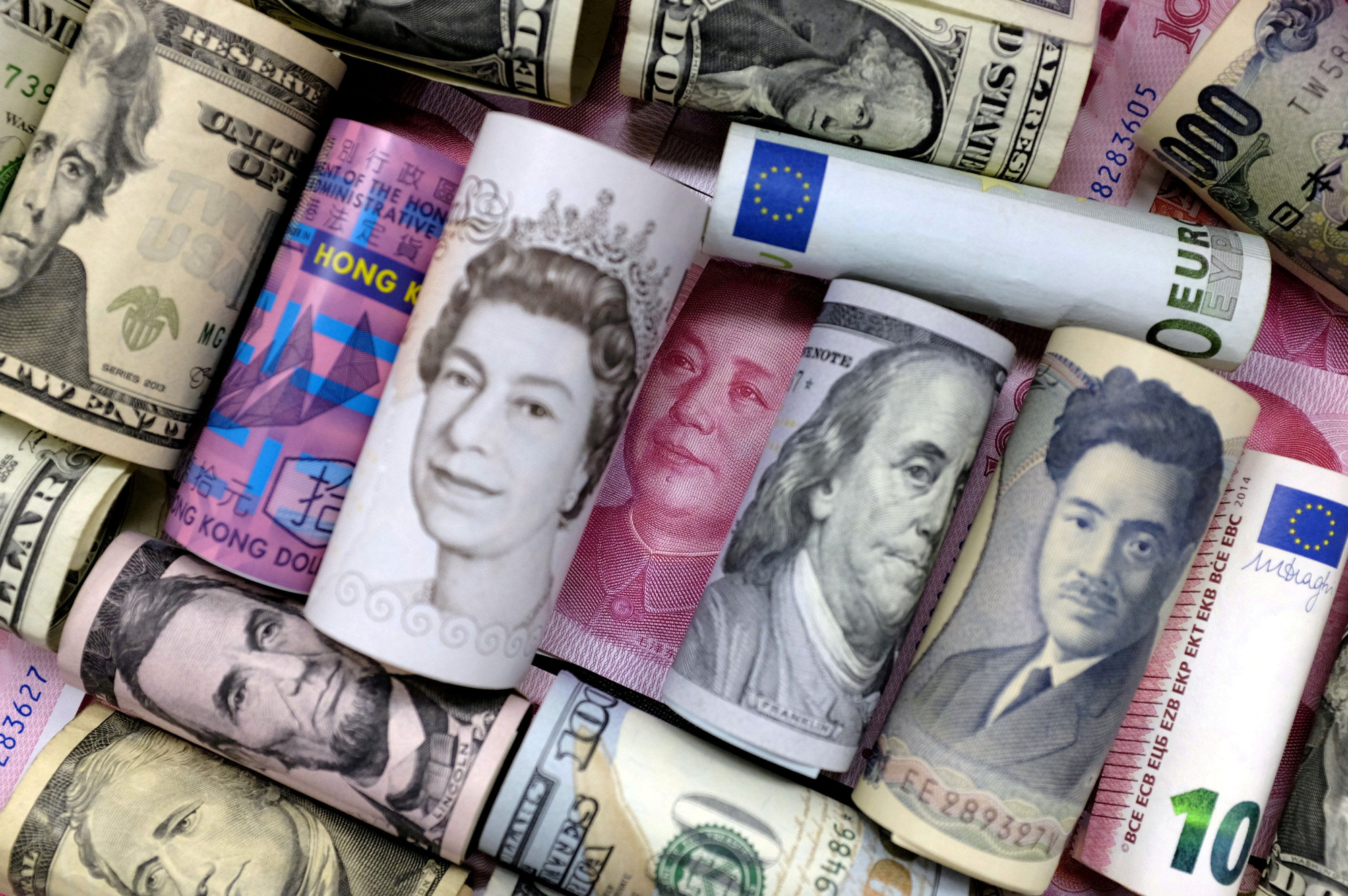The U.S. Federal Reserve opened the year with a dovish turnaround in its monetary policy due to concerns over global economic growth and muted domestic inflation. It was done by signaling adherence to the status quo on policy interest rates, for the time being, as well as a willingness to stop the balance sheet runoff earlier than envisaged. The U.S. stock market welcomed the moves with higher share prices and a weaker dollar. It also gave emerging economies breathing room to pursue higher yields .
However, the shift in U.S. monetary policy has generated greater uncertainty over Japan's exchange rate and financial markets. First, the yen has stabilized at around 109 to 110 against the dollar, somewhat below the comfortable 110 to 115 range which continued for over half a year until the rise in U.S. capital market volatility in late December.
In addition, the yen experienced a "flash crash" against the dollar on Jan. 3, appreciating nearly 4 percent to around 104 in less than 10 minutes. This speculative attack took place during the New Year's holidays, when the foreign exchange market was shallow, and has kept Japan's government on alert for another flash crash during the 10-day Golden Week holiday from late April.

















With your current subscription plan you can comment on stories. However, before writing your first comment, please create a display name in the Profile section of your subscriber account page.